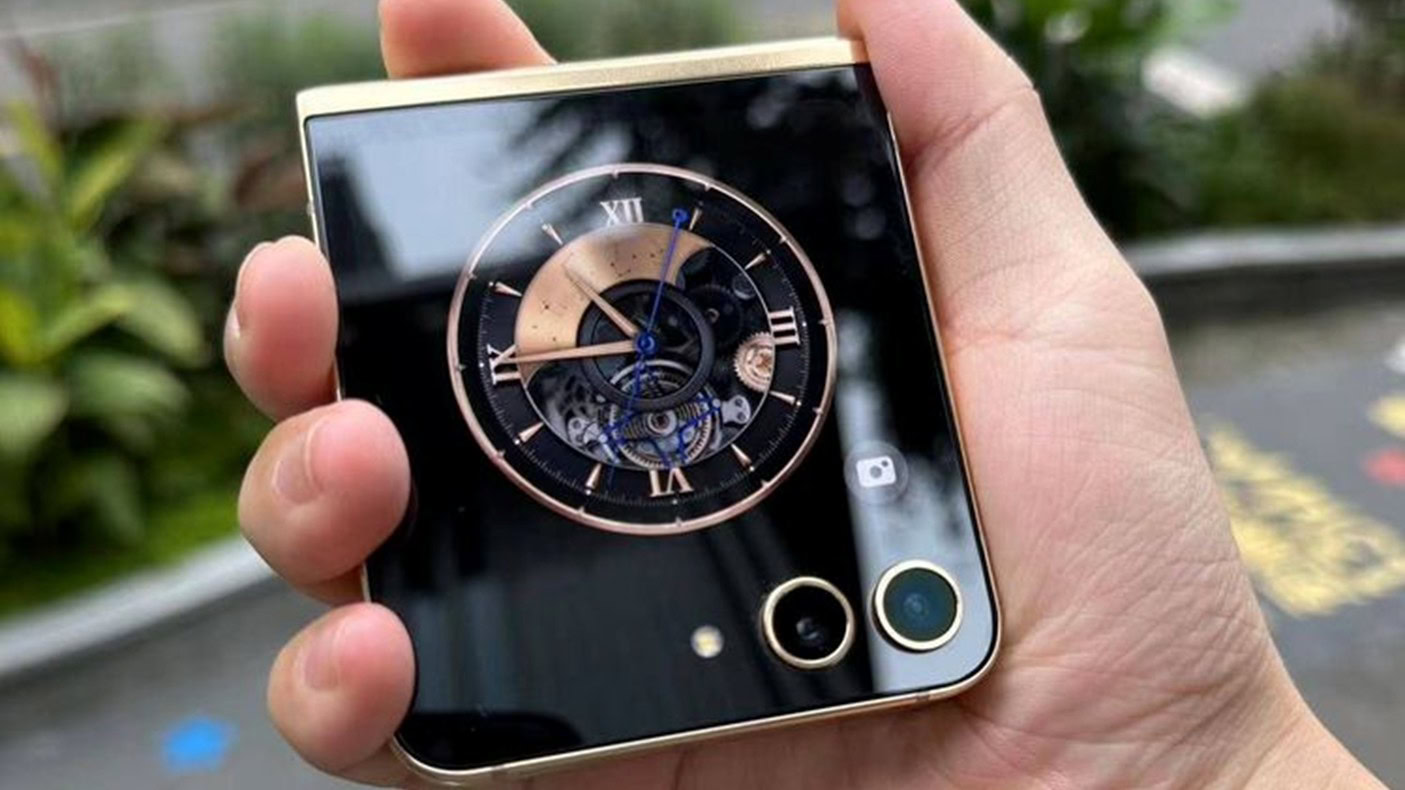
Contents

Samsung’s global lineup has always been bigger than the range we saw in the US. Over the years, some of its most interesting, ambitious, or just plain fun devices have been kept elsewhere, often by design. From luxury foldables to engineering experiments, here are the best Samsung phones that never officially made it stateside.
1. Samsung W24/ W24 Flip (2023)

Ever wondered what phone a billionaire would have? The Samsung W24 and W24 Flip were ultra-premium versions of the Galaxy Z Fold 5 and Flip 5, tailored exclusively for the Chinese market. These devices added to the standard foldable experience with luxurious materials like ceramic backs and gold trim. With 16GB of RAM and 1TB of storage the W24 was priced at approximately CNY 15,999 (around $2,198), while the W24 Flip offered 12GB of RAM and 512GB of storage for around CNY 9,999 (roughly $1,374).
While the core hardware aligned with their global counterparts, featuring the Snapdragon 8 Gen 2 for Galaxy chip and similar camera setups, the W24 series stood apart thanks to its exclusive design elements. They were straight-up opulent, and Samsung reserved them only for select markets.
2. Samsung Quantum 2 (2021)

The Galaxy A82, known in South Korea as the Galaxy Quantum 2, was one of Samsung’s stranger experiments — and a surprisingly powerful phone at the same time. It packed a Snapdragon 855 Plus chip, a 120Hz AMOLED display, and a 64MP main camera with optical image stabilization, making it closer to a flagship than most A-series devices at the time.
What set the A82 apart, though, was its quantum random number generator chip. Samsung marketed it as a boost for security-conscious users, offering supposedly better protection for apps like banking, messaging, and authentication. It was a quirky idea, even if the practical benefits were hard to notice. The phone launched in South Korea at KRW 699,600 (around $622). Outside of Korea, the A82 never saw a broader release. That was a shame, because under the marketing gimmicks, it was a well-built, high-spec device that could have given US shoppers an interesting alternative to more expensive flagships.
3. Galaxy W2016 (2015)
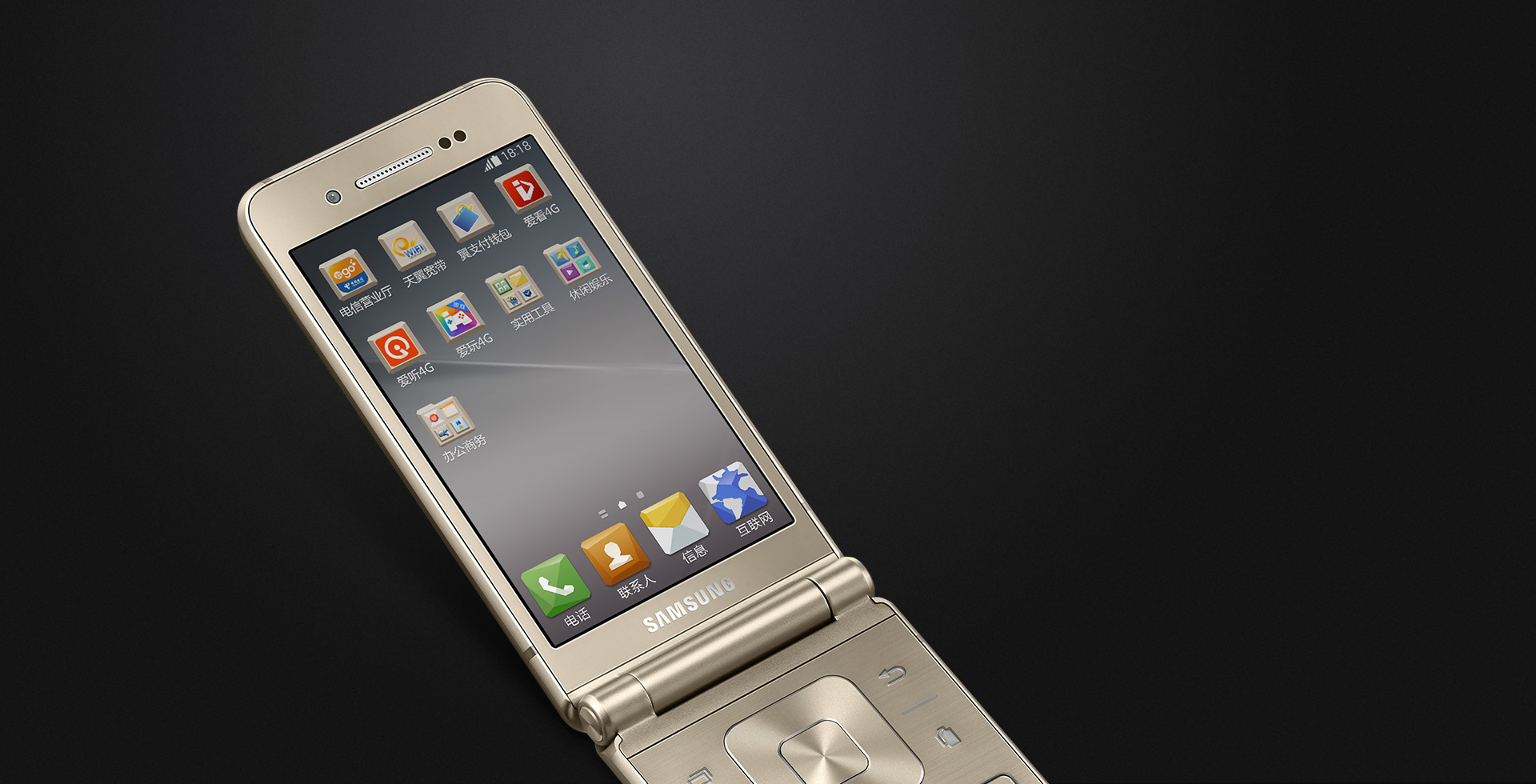
Before the modern age of foldables even started, Samsung was already blending nostalgia and luxury with devices like the Galaxy W2016. This high-end flip phone ran a full version of Android, complete with dual 3.9-inch touchscreens, a T9 physical keypad, and a sleek design made of glass and metal. It looked like a classic clamshell from the outside, but under the hood, it had hardware comparable to the Galaxy S6, including a Samsung Exynos processor and a 16MP camera.
The W2016 launched exclusively in China at a hefty price, reportedly around CNY 9,999, or roughly $1,570. That would be equivalent to almost $2,100 in today’s money. It was never intended for mass-market appeal; instead, it catered to a niche group of buyers who wanted the prestige of a traditional flip phone without giving up modern smartphone features. For US consumers, it remained an exotic curiosity.
4. Galaxy A80 (2019)
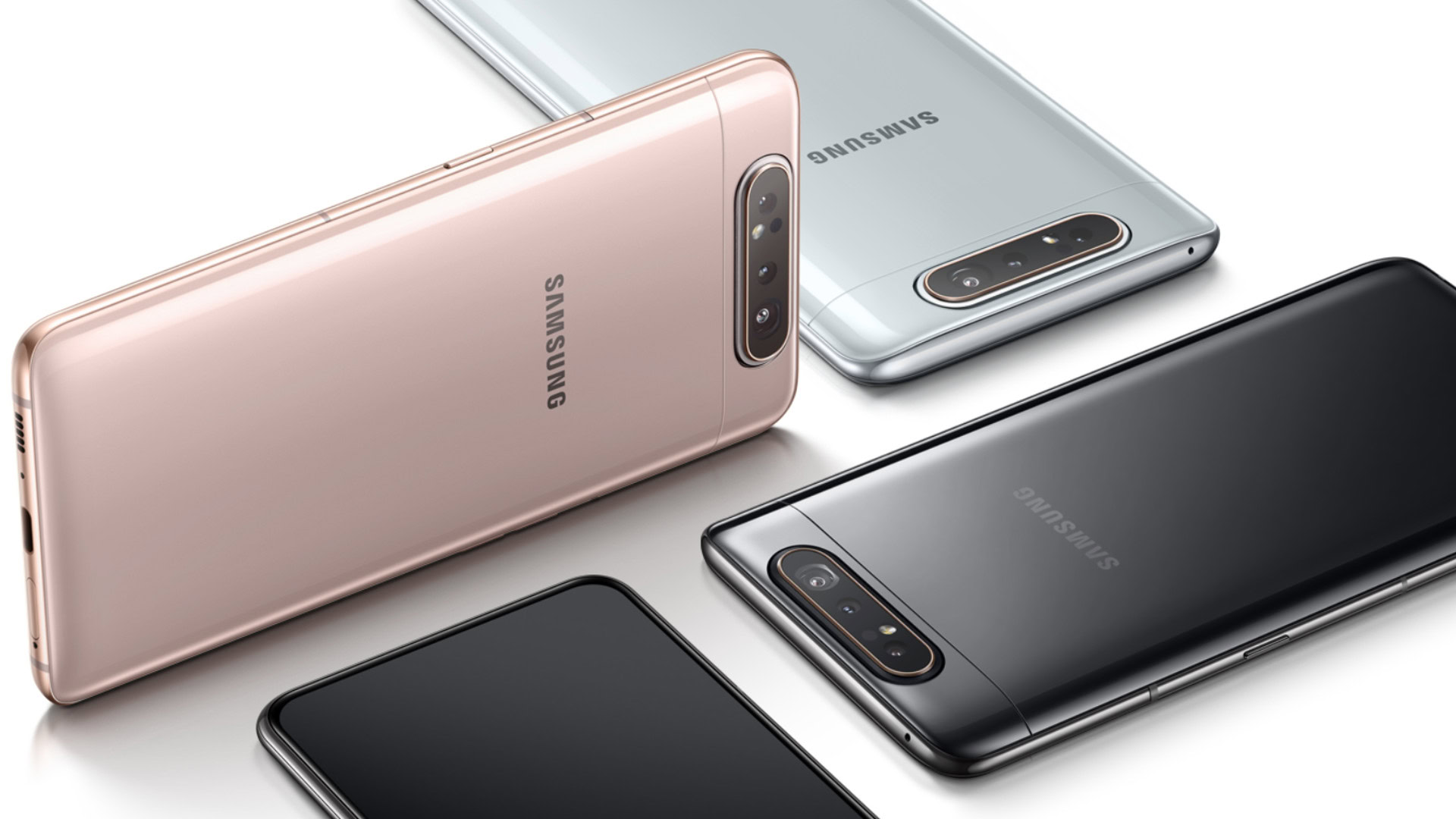
The Galaxy A80 seemed to be Samsung proving it could still innovate with its phones. Instead of a notch or a punch-hole camera, the A80 used a clever slider-and-flip mechanism: the rear cameras popped up and rotated forward for selfies, leaving its 6.7-inch OLED display completely uninterrupted. The triple camera setup included a 48MP primary sensor, an 8MP ultrawide lens, and a 3D depth sensor — all doing double duty for selfies and regular shots.
Beyond the standout design, the A80 offered a Snapdragon 730 chip, 8GB of RAM, 128GB of storage, and 25W fast charging. However, it lacked two fan favorite features that would continue to vanish from high-end phones: a microSD card slot and a 3.5mm headphone jack. The phone launched at around £616 (around $780) via UK retailers, making it substantially more expensive than its sibling, the Galaxy A70. While questions about long-term durability hovered over the flip mechanism, the A80 remains one of Samsung’s boldest designs that never officially landed in the US.
5. Galaxy M51 (2020)
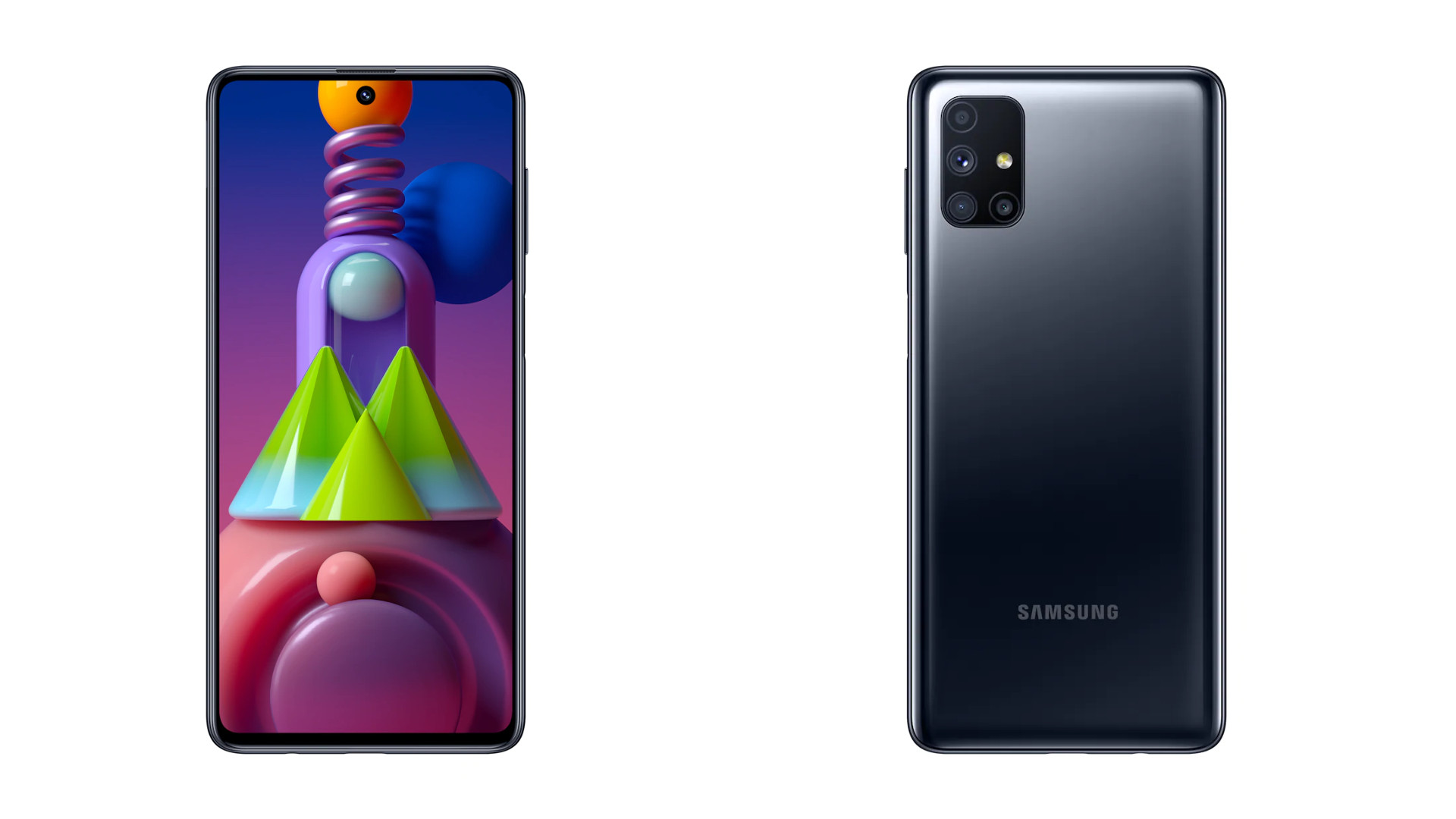
The Galaxy M51 wasn’t flashy, but it was a midrange monster where it counted: battery life. Samsung packed a huge 7,000mAh battery inside, making it the largest capacity the company had ever put in a phone at the time. It also combined a Snapdragon 730G chip with a 6.7-inch AMOLED display and 25W fast charging. A full top-up still took around two hours, but the M51 delivered endurance most phones could only dream of.
The device also offered a capable quad-camera setup, including a 64MP main sensor, and it held its own in general performance tests. While it wasn’t officially sold in the US, it could have easily found a home among buyers who prioritized practical specs over flashy extras.
6. Galaxy Z Fold 6 SE (2024)
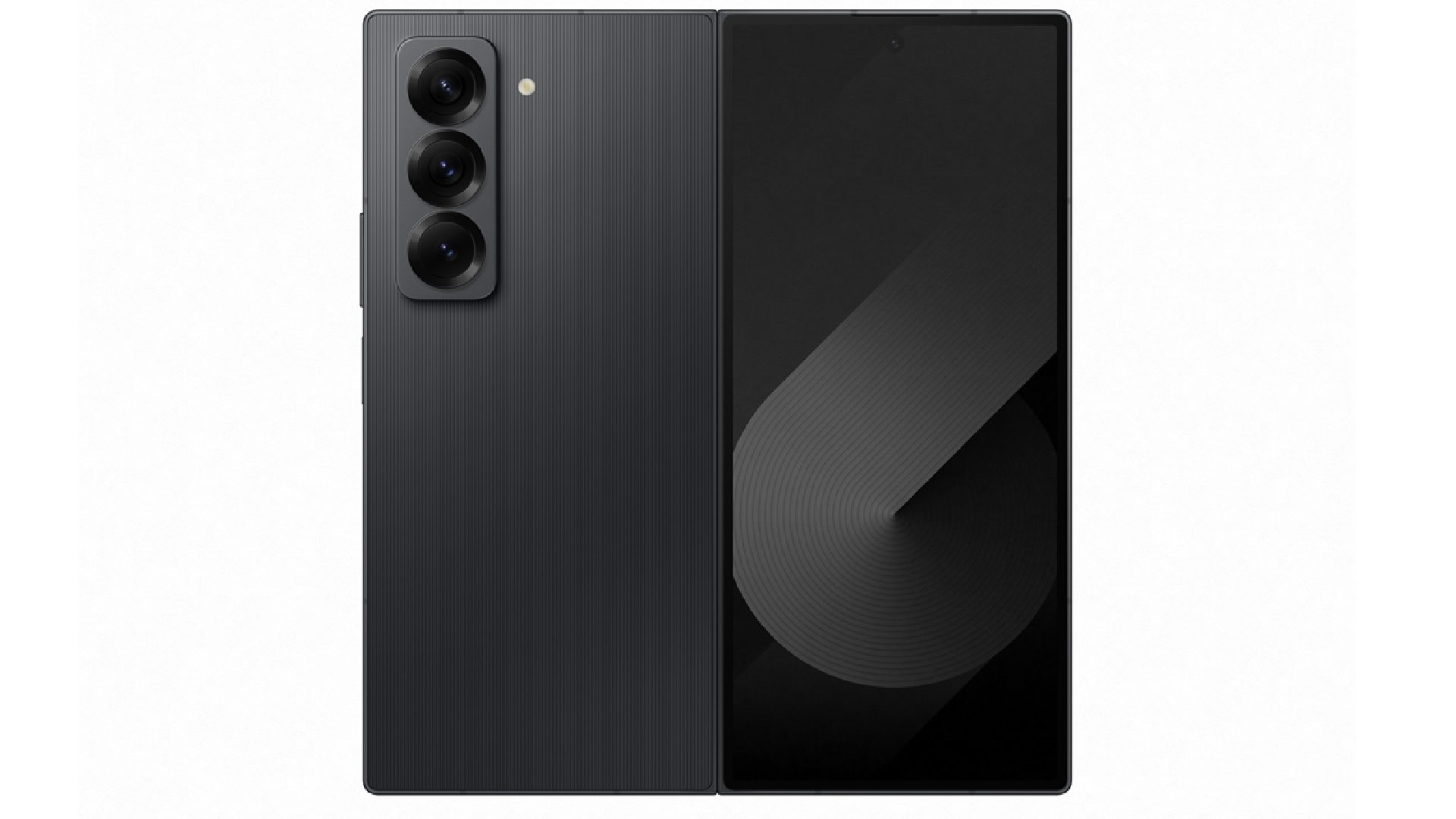
The Samsung Galaxy Z Fold 6 Special Edition was a premium iteration of its foldable lineup of phones, launched exclusively in South Korea and China. This model stood out with its slimmer and lighter design, measuring just 10.6mm thick when folded and weighing 236 grams, making it more portable than its standard counterpart.
The device featured an 8-inch main display and a 6.5-inch cover screen, both slightly larger than those on the regular Z Fold 6. A significant upgrade was the 200MP main camera, replacing the 50MP sensor found in the standard model. Under the hood, it housed the Snapdragon 8 Gen 3 for Galaxy processor, paired with 16GB of RAM and 512GB of storage. However, to achieve its sleek profile, Samsung omitted S Pen support.
Priced at approximately KRW 2,789,600 (around $2,035), the Special Edition offered a blend of performance and exclusivity, though it remained out of reach for many due to its limited regional availability.
Which of these Samsung phones would you have most liked to see sold in the US?
3 votes
Honorable mentions
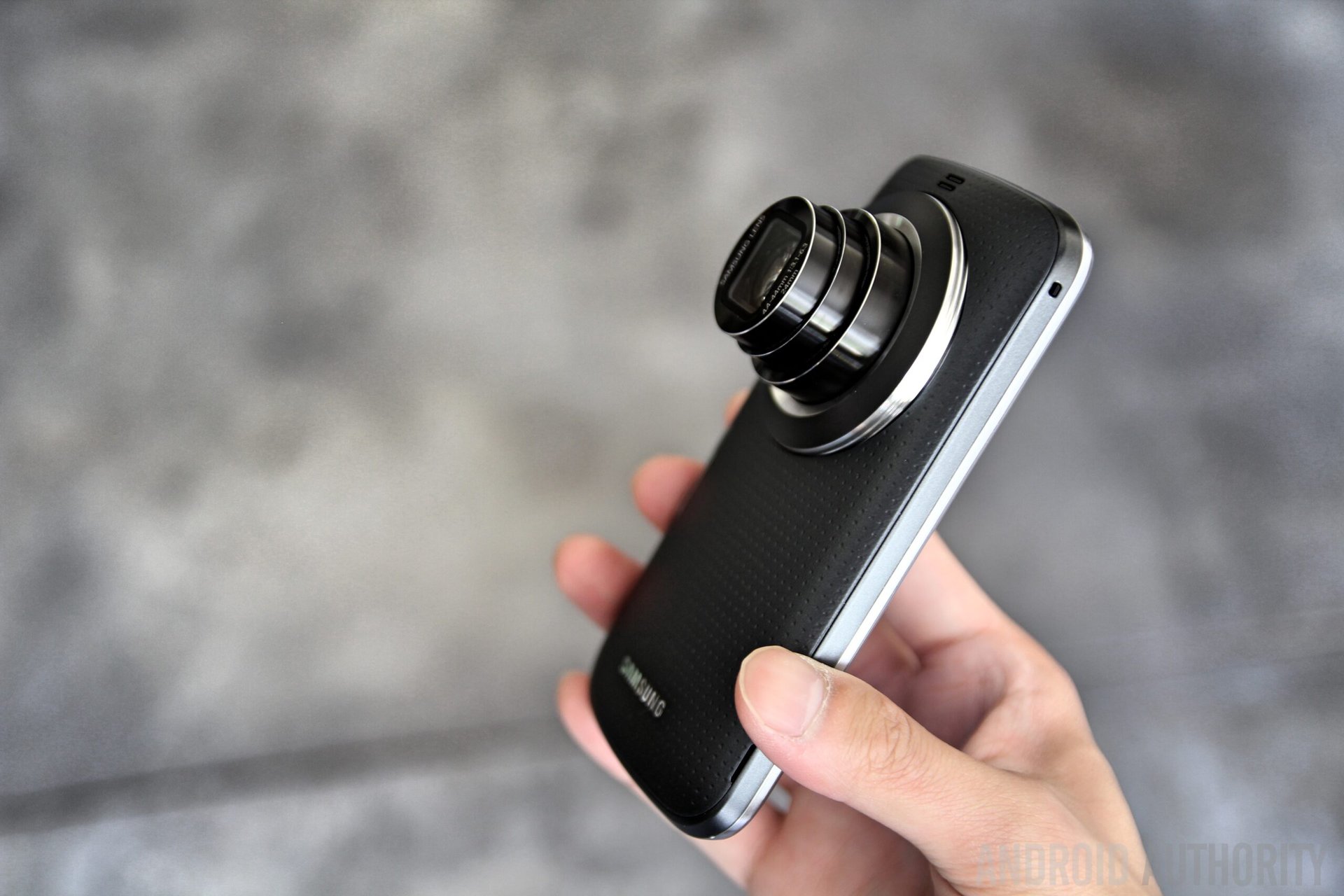
We were surprised to discover how many phones Samsung has withheld from the US over the years, sometimes because they were designed for specific regions and sometimes because they were just a little too unusual. Beyond the ones we’ve already highlighted, there were plenty more we could have included, from rugged Xcover models to other battery monsters like the Galaxy F62 or experiments like the Tizen-powered Galaxy Z3.
Here are a few more interesting examples that deserve a nod.
Samsung Galaxy K Zoom (2014)
The Galaxy K Zoom was part smartphone and part point-and-shoot camera. It packed a 10x optical zoom lens that physically extended from the body, making it less than pocket-friendly but genuinely impressive. It was one of Samsung’s more daring experiments, though it never officially made it to the US.
Samsung Galaxy A55 (2024)
The Galaxy A55 offered a metal frame, solid performance, and a gorgeous display — precisely the kind of midrange phone that usually sells well in the US. However, Samsung broke its pattern by skipping a US launch, leaving buyers without a natural successor to the popular A54.
Samsung Galaxy Beam and Beam 2 (2012/2014)
Need a built-in projector in your phone? Samsung thought you might. The Galaxy Beam series could project videos and presentations straight onto a wall. It wasn’t exactly a best-seller, but it was one of Samsung’s more charmingly weird ideas and one that never took off outside of Asia.
Were there any other interesting Samsung phones you once had an eye on, but never got a chance to buy in the US? Let us know in the comments.
What’s your reaction?
Love0
Sad0
Happy0
Sleepy0
Angry0
Dead0
Wink0





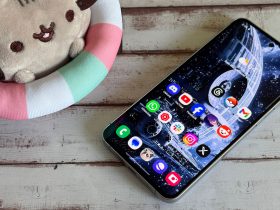
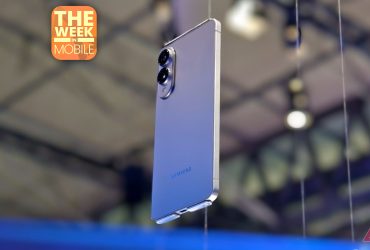
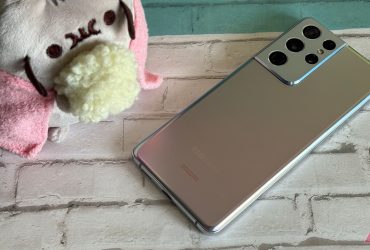

Leave a Reply
View Comments